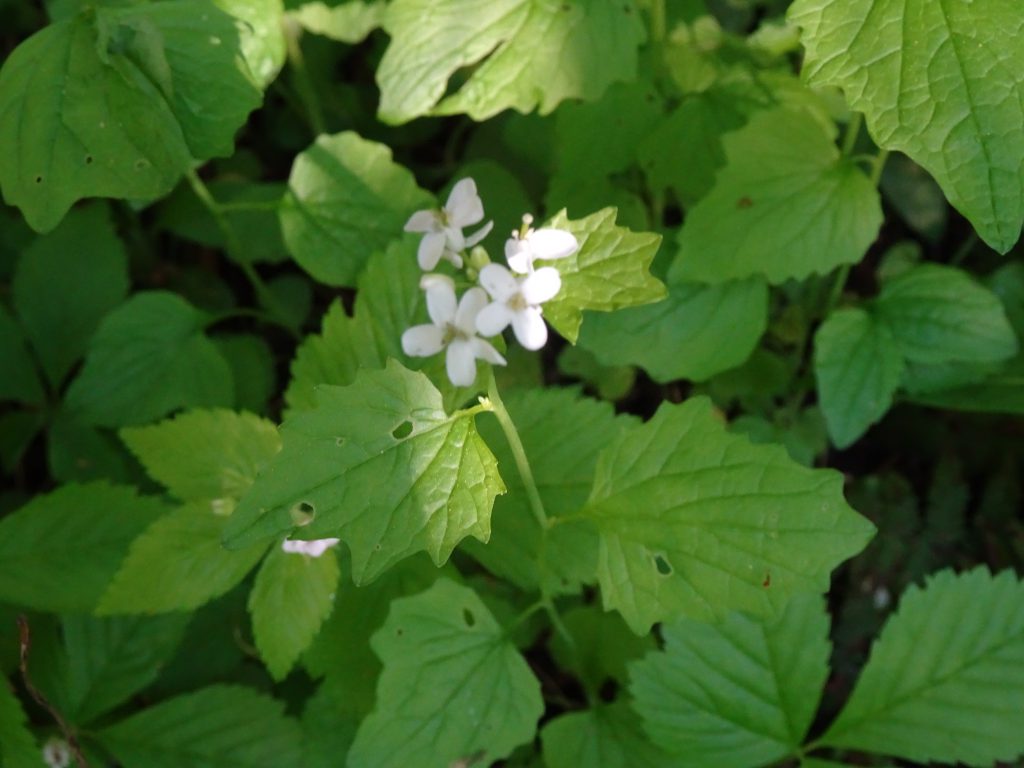
By: Pat Kerr, Sault Star – Sault Ste. Marie, ON
The summer of 2020 was a challenge for those charged with dealing with invasive species, Ministry of Natural Resources says.
While invasive species continued to spread in Algoma, the Invasive Species Centre was forced, due to COVID, to cancel all its public programs, including the annual garlic mustard pull.
The Invasive Species Centre team has been “safe and well” and able to work from home throughout the pandemic, said Lauren Bell of the centre.
“We already did a lot of digital work before the pandemic, so it was easy to shift our planned face-to-face activities like training and open houses to digital platforms so that we could get the most current information on invasive species to the people who need it,” Bell said. “We also have many partner organizations and when we work together with these great partners, we got a lot done.”
Public awareness, engagement and feedback, are important in helping to prevent the introduction, establishment and spread of invasive species in Ontario, officials say.
Over the past six months, the centre has held 24 webinars, presentations and virtual lectures. The most recent program was about Ldd moths, which caused widespread defoliation in Ontario this summer. Speakers were Taylor Scarr and David Dutkiewicz.
Deborah Sparks, also of the Invasive Species Centre, said physical distancing can make some response and control activities more challenging.
“But, at the same time, the pandemic presents opportunities for community members who want to do more,” she said. “Physical distancing means that people are spending more time in their yards and other safe outdoor spaces, so we have more eyes on the ground to spot and report invasive species sightings. All you need to help with this is a clipboard and camera or a smartphone and you can survey an outdoor space and report sightings of invasive species such as hemlock woolly adelgid or wild parsnip.”
It was expected last spring that the 20 pests currently regulated as invasive species would be increased.
A policy proposal notice was posted on the Environmental Registry of Ontario from Feb. 13 to March 20 and subsequently extended until April 14 to seek information on 13 species and one carrier of invasive species for possible regulation under the Invasive Species Act, 2015, said MNR spokesperson Jolanta Kowalski.
Two specific changes are wild pigs and the movement of watercraft over land.
“Other jurisdictions have experienced significant ecological and economic impacts after wild pigs get established,” Kowalski said. “At this time, we believe there are very few wild pigs in Ontario.
Given the estimated low numbers of wild pigs in Ontario at this time, the ministry is working with partners to determine what actions could be taken to ensure wild pigs do not become a problem in Ontario.”
The movement of watercraft over land to different bodies of water is a known pathway contributing to the spread of aquatic invasive species.
“We are committed to reducing the spread of aquatic invasive species and fish diseases while maintaining a viable bait industry in Ontario,” the ministry said.
Earlier this month, the province finalized Ontario’s Sustainable Bait Management Strategy, which modernizes Ontario’s bait management approach by addressing issues related to the use and movement of bait, the type of bait allowed and barriers pertaining to commercial bait licences.
“When we are improving and enjoying our outdoor spaces, we can help keep our backyards invasive species-free,” Sparks said.
Officials advise to only use firewood sourced from local forests, and don’t transport it over distances of 80 kilometres because insects and diseases can hitchhike on the wood. When purchasing garden and pond plants, always choose plants native to your area and avoid moving soil out of your area, as it could be filled with invasive plant parts, pests or pathogens.
